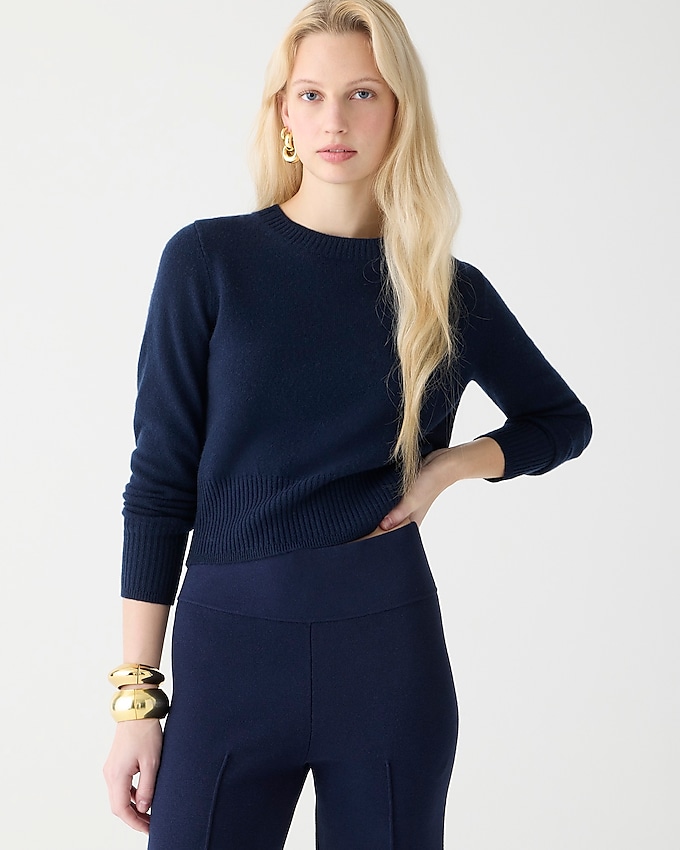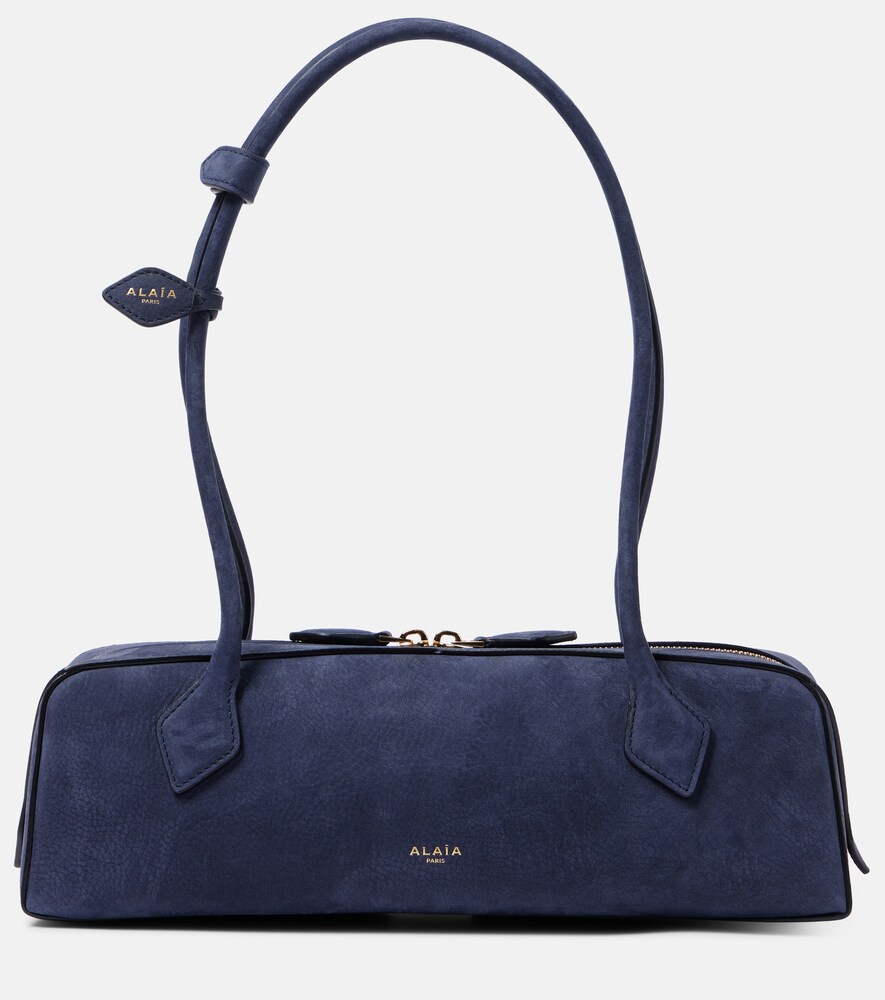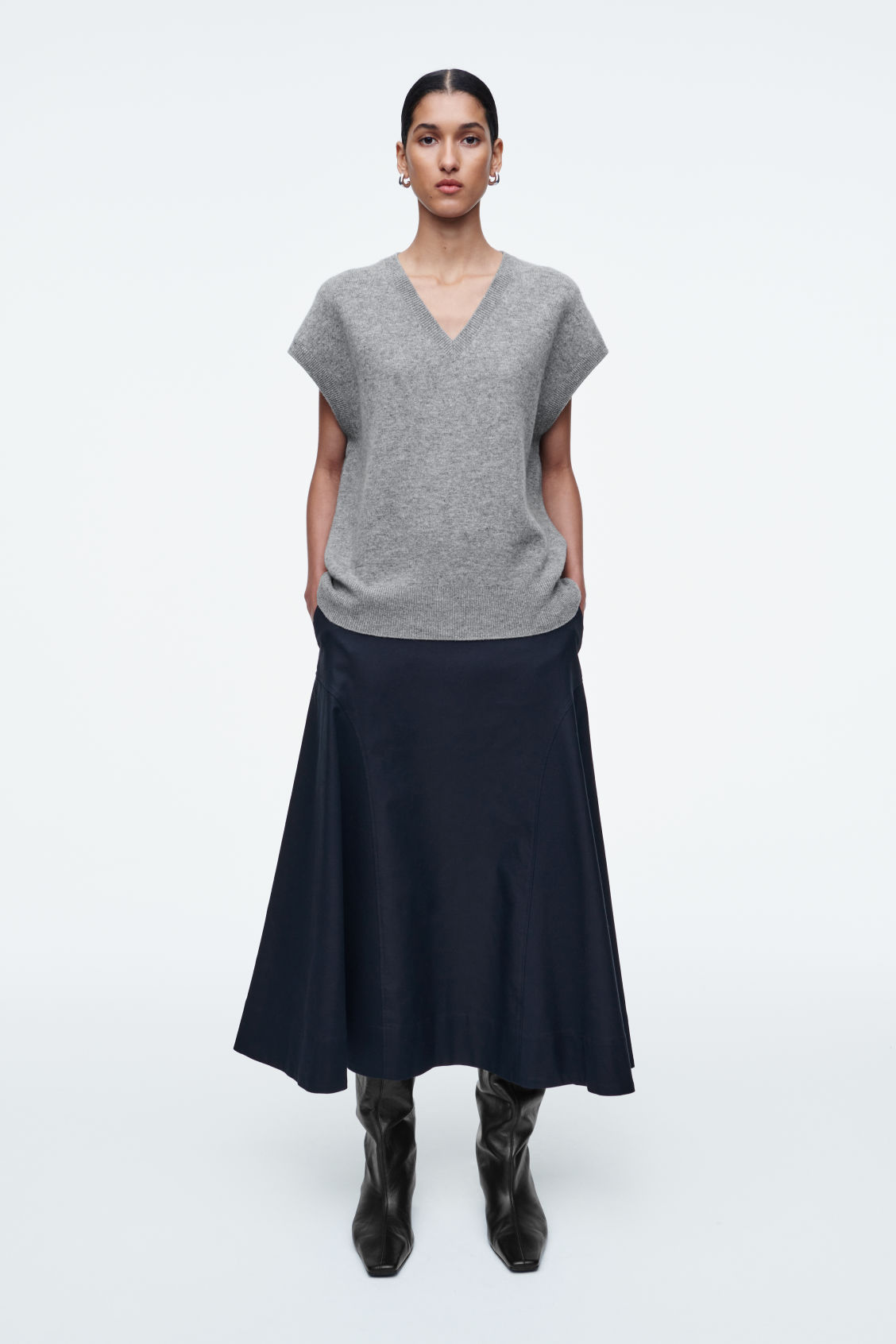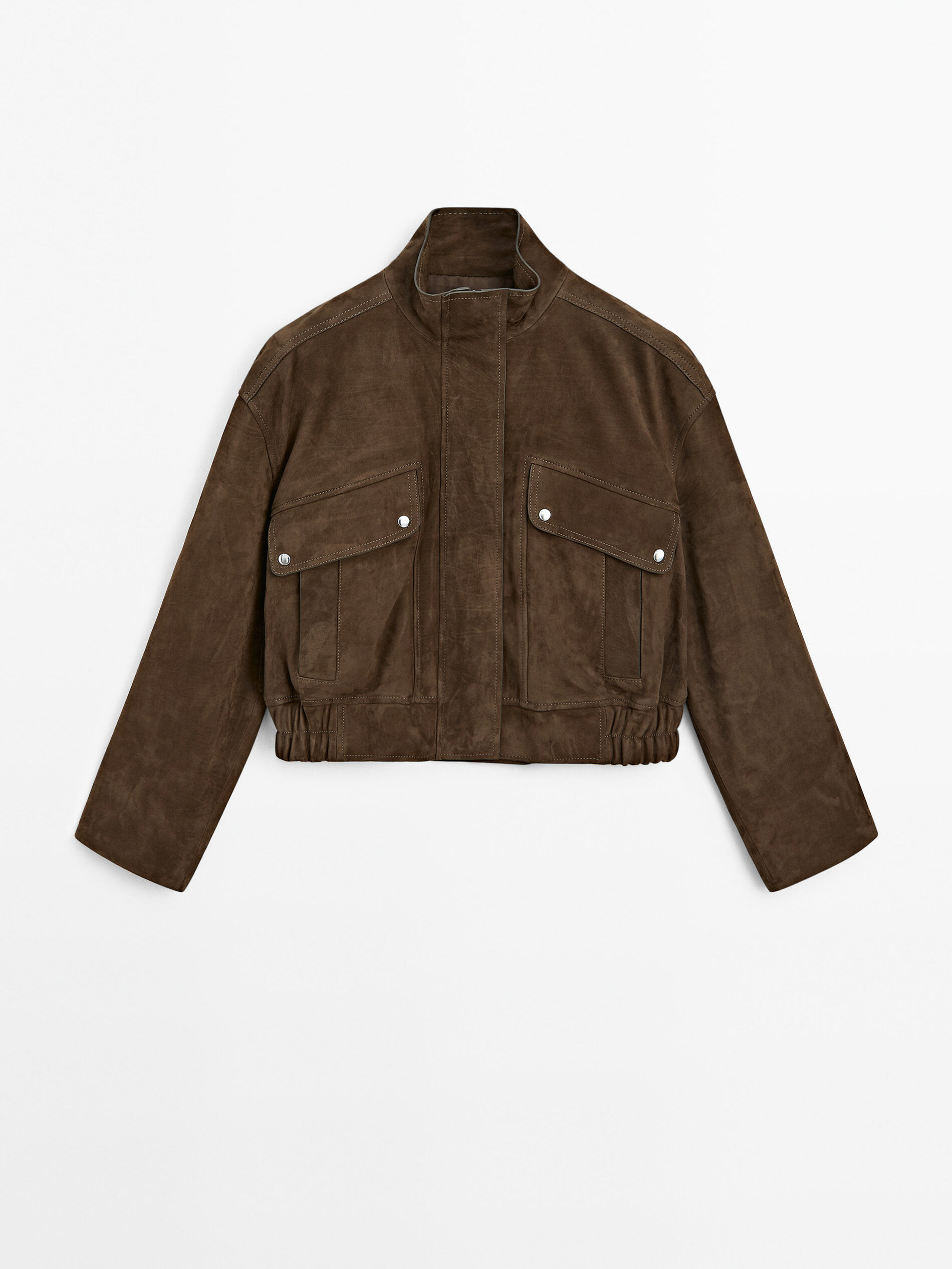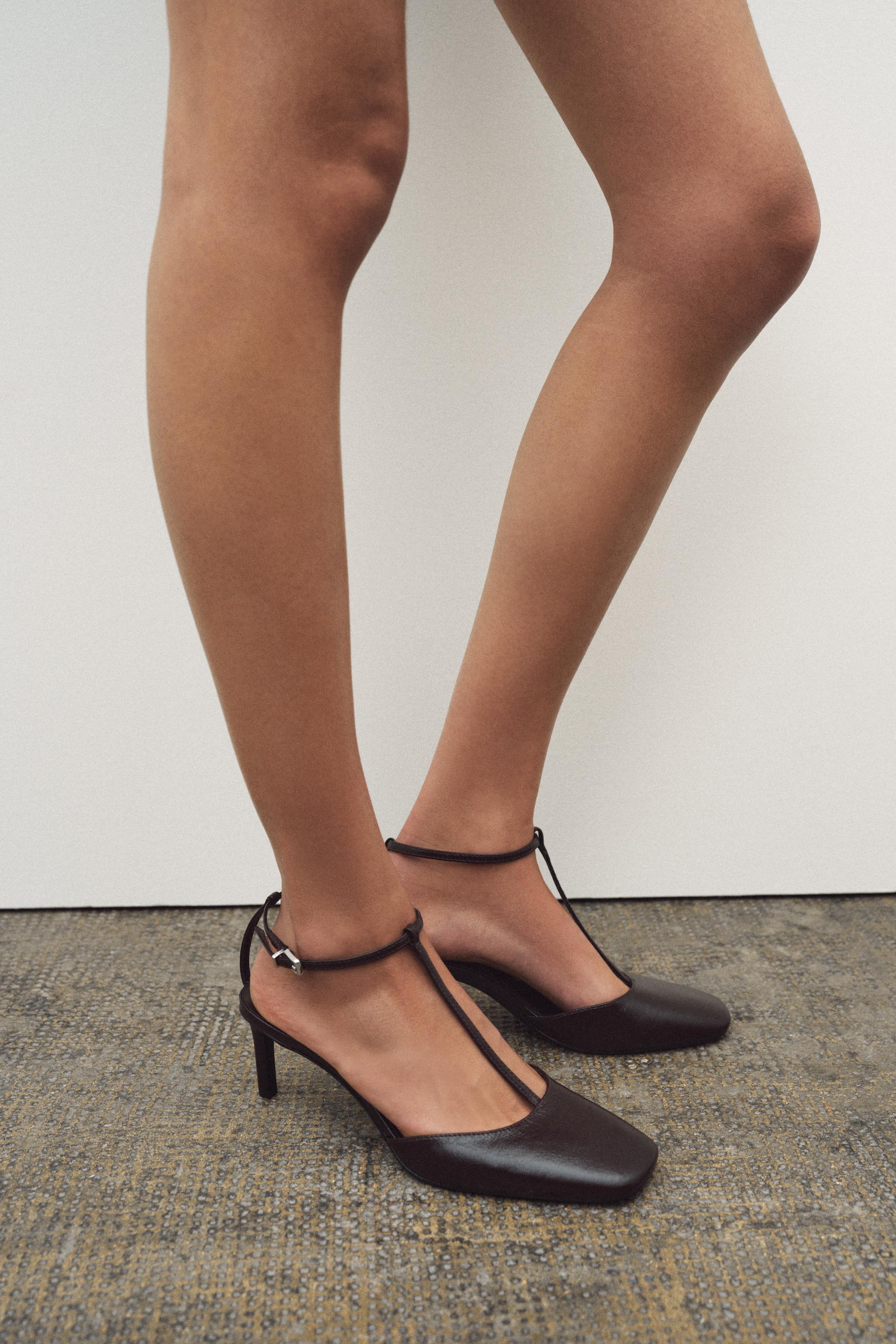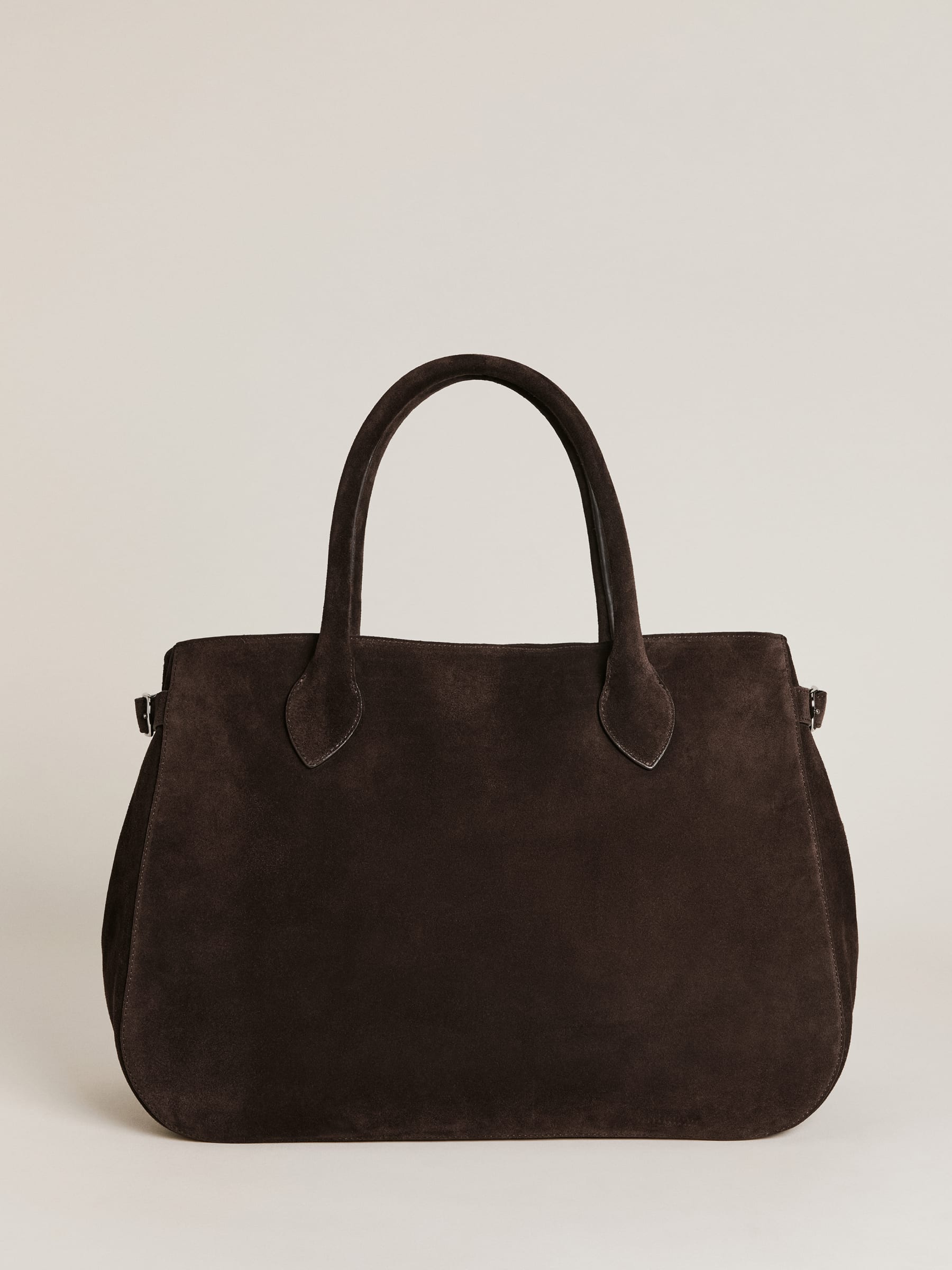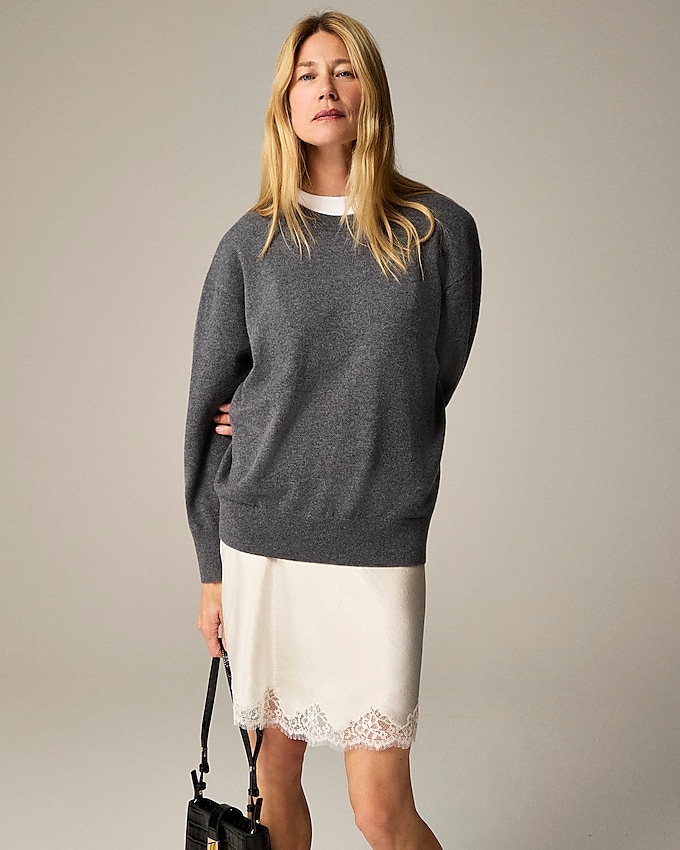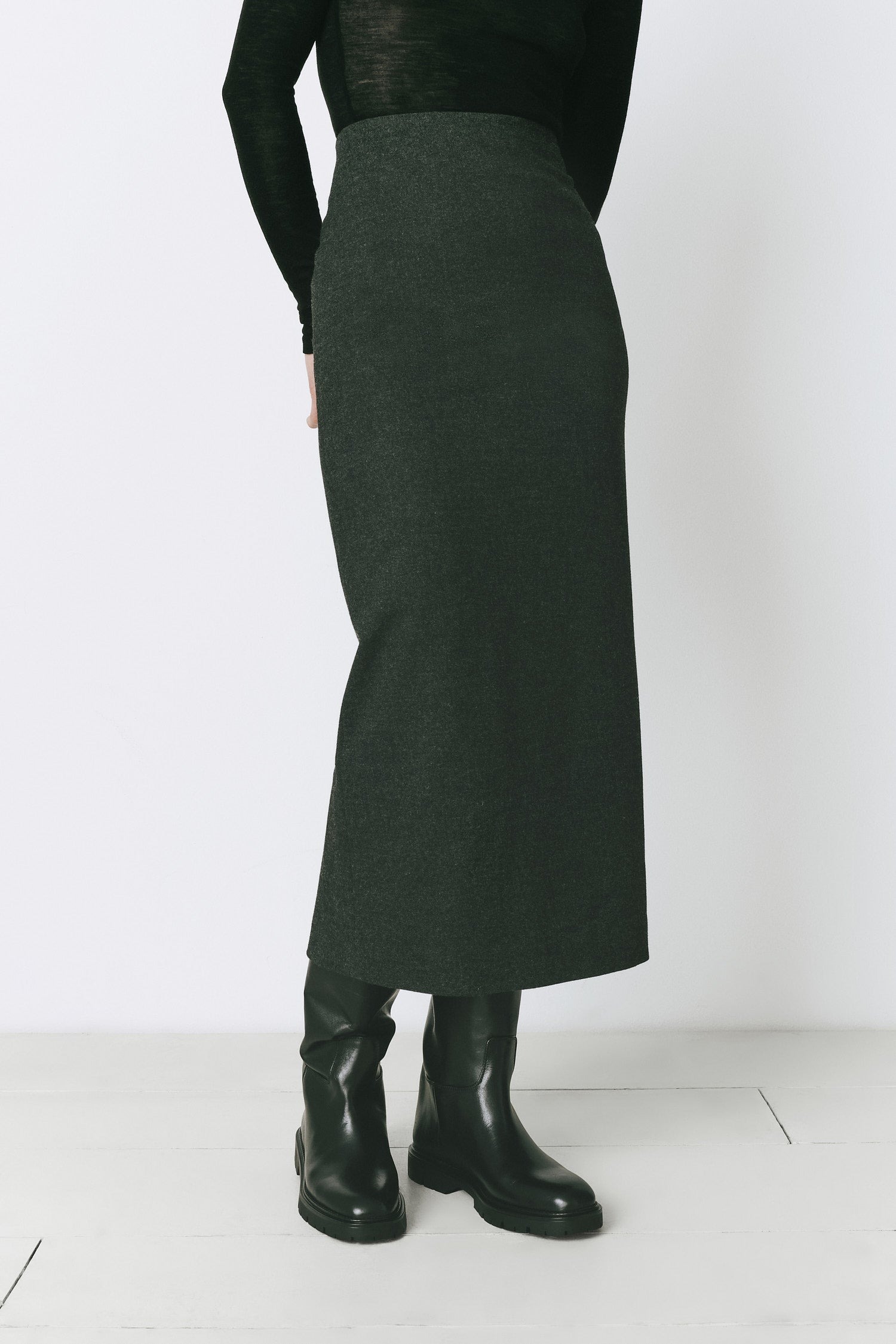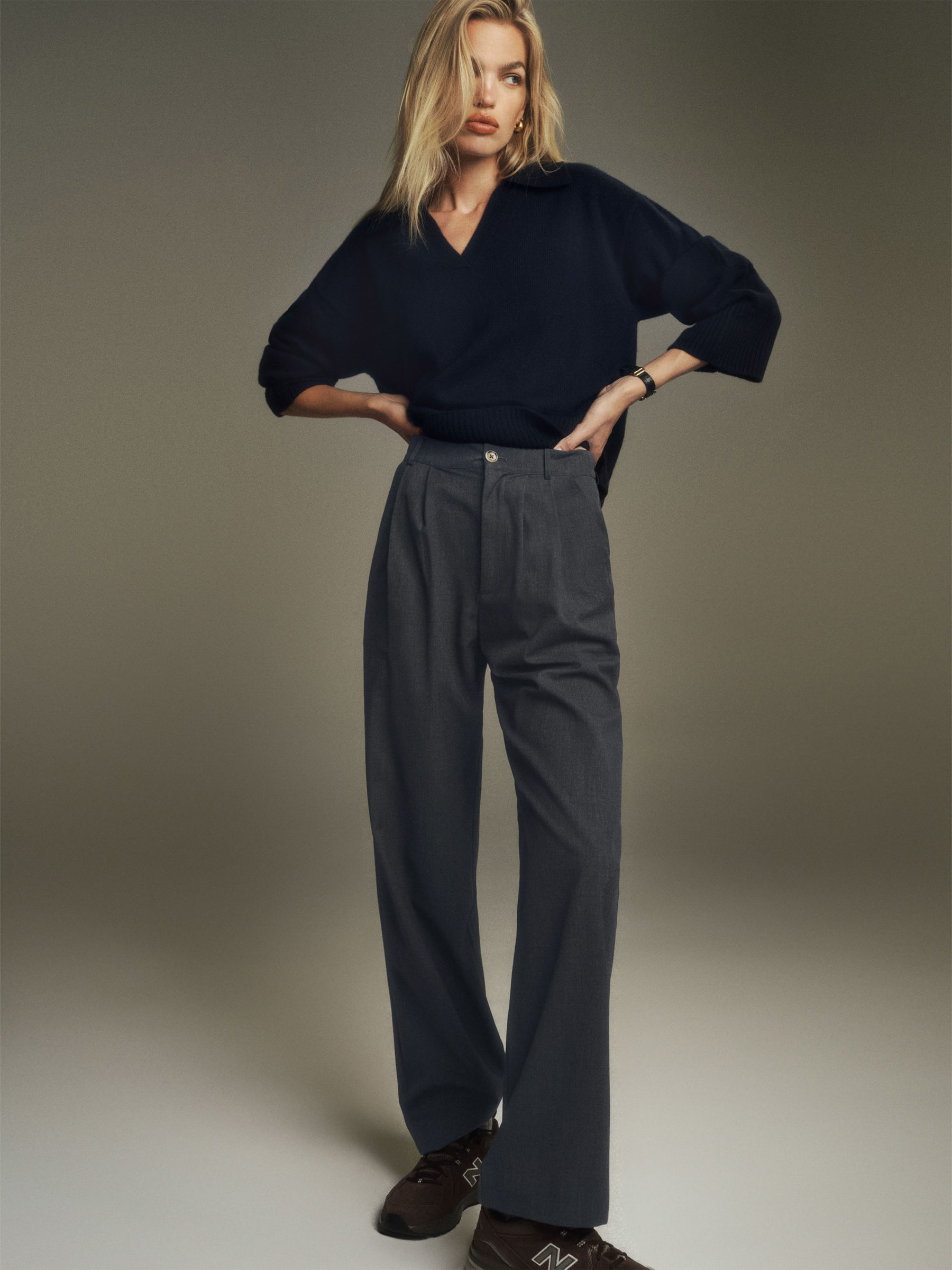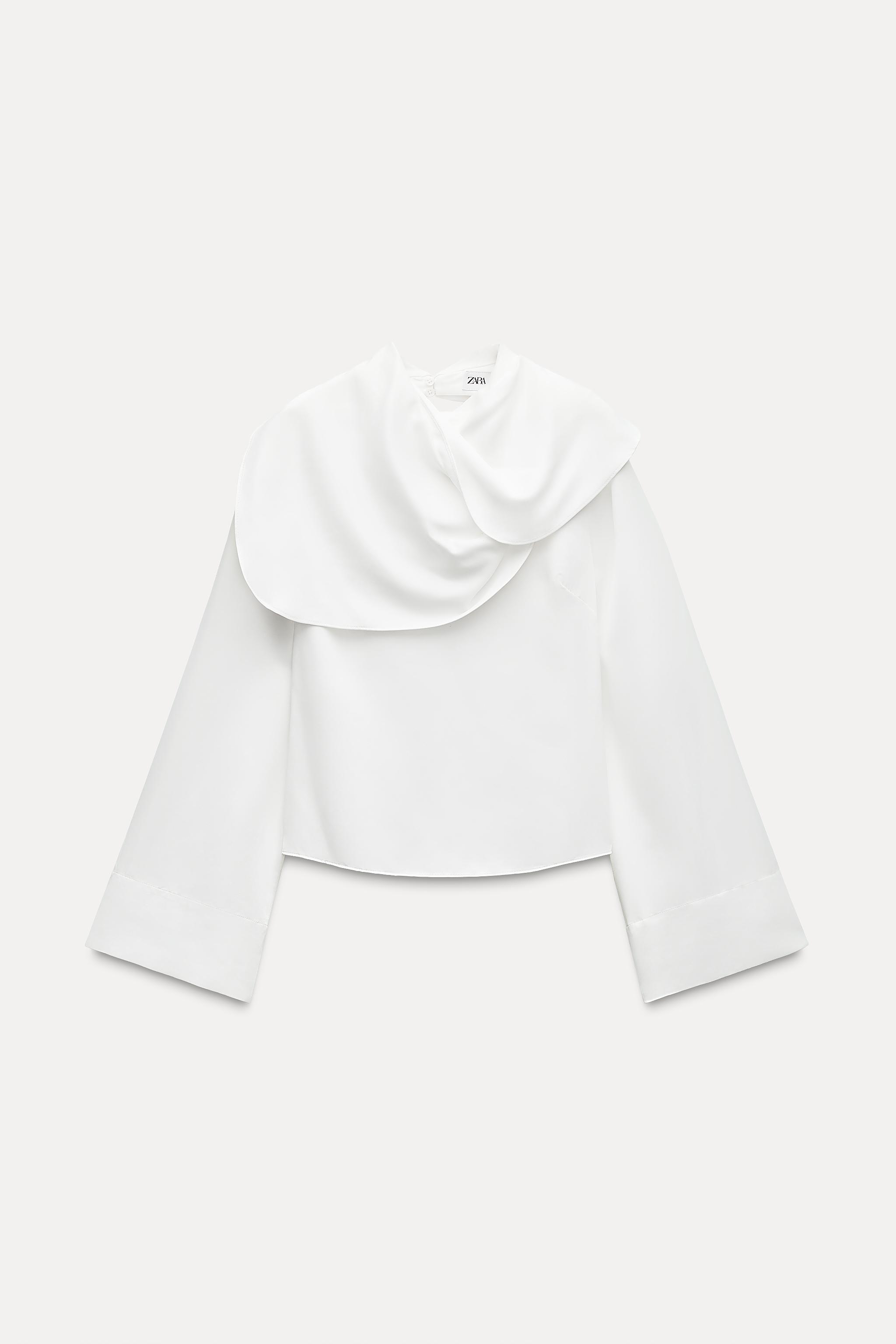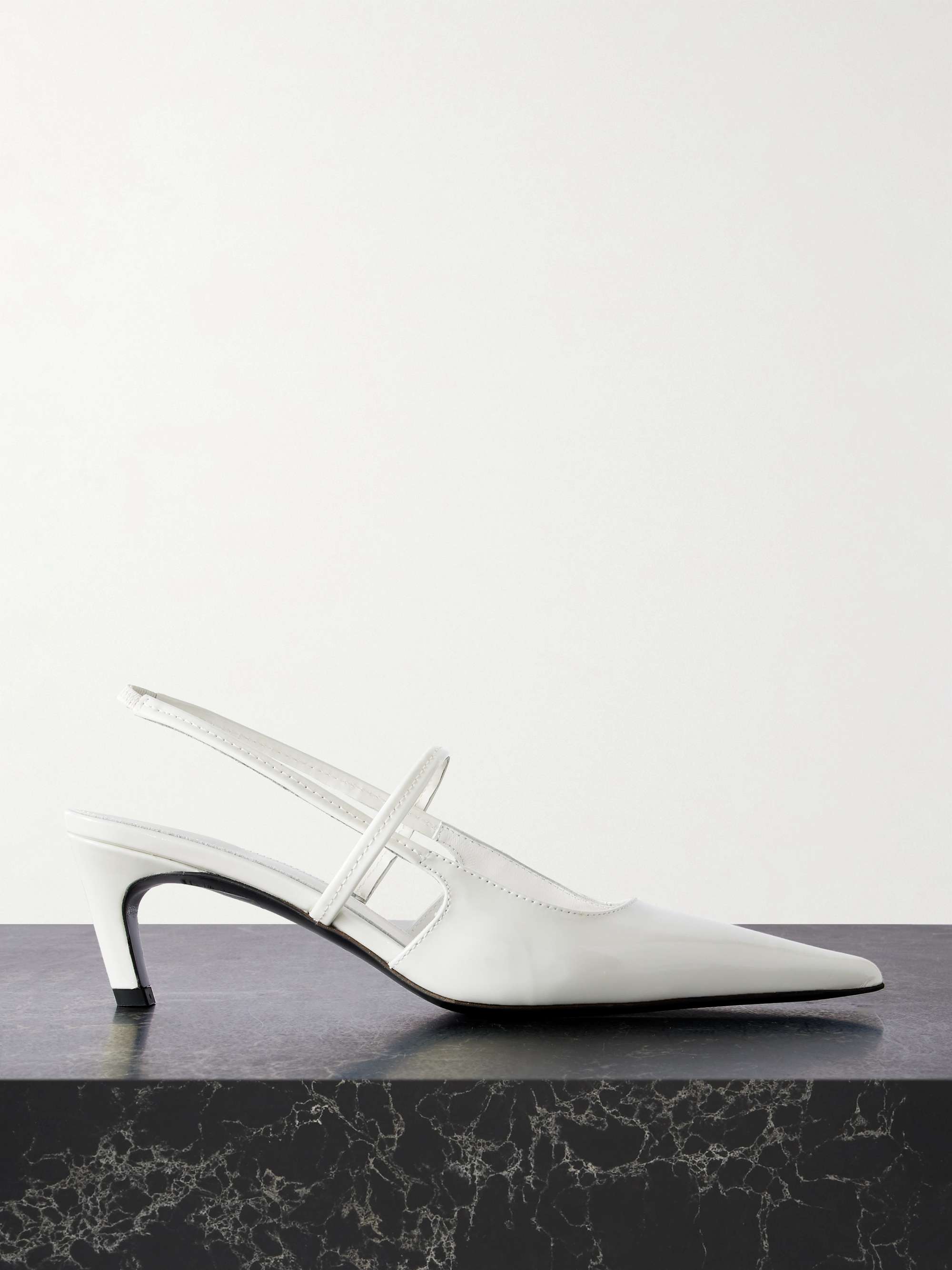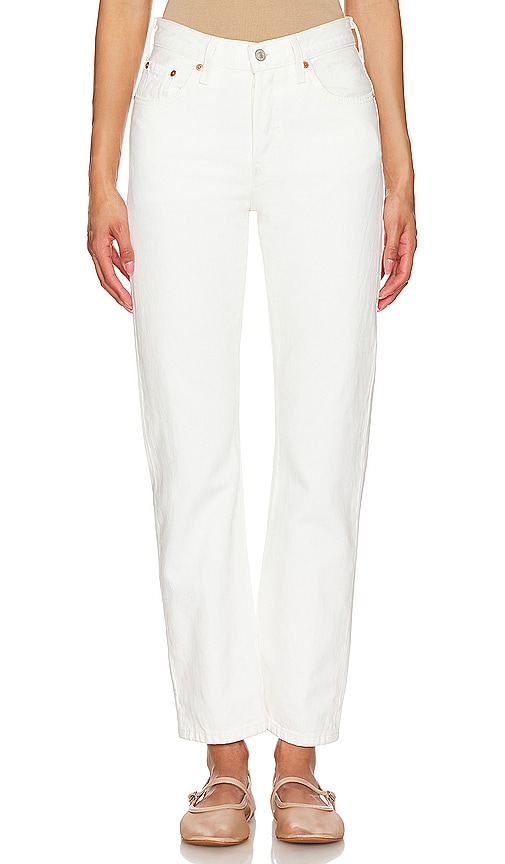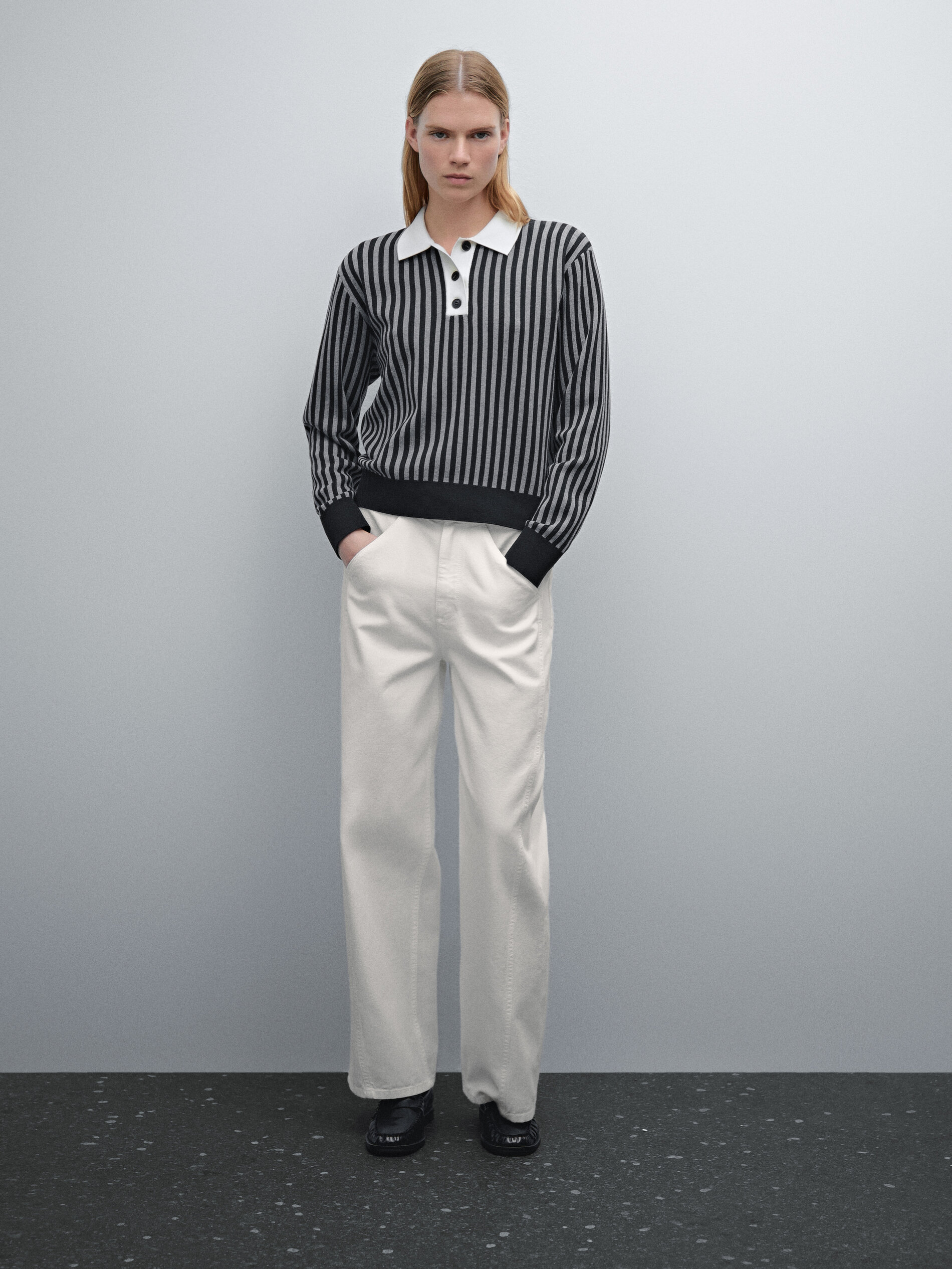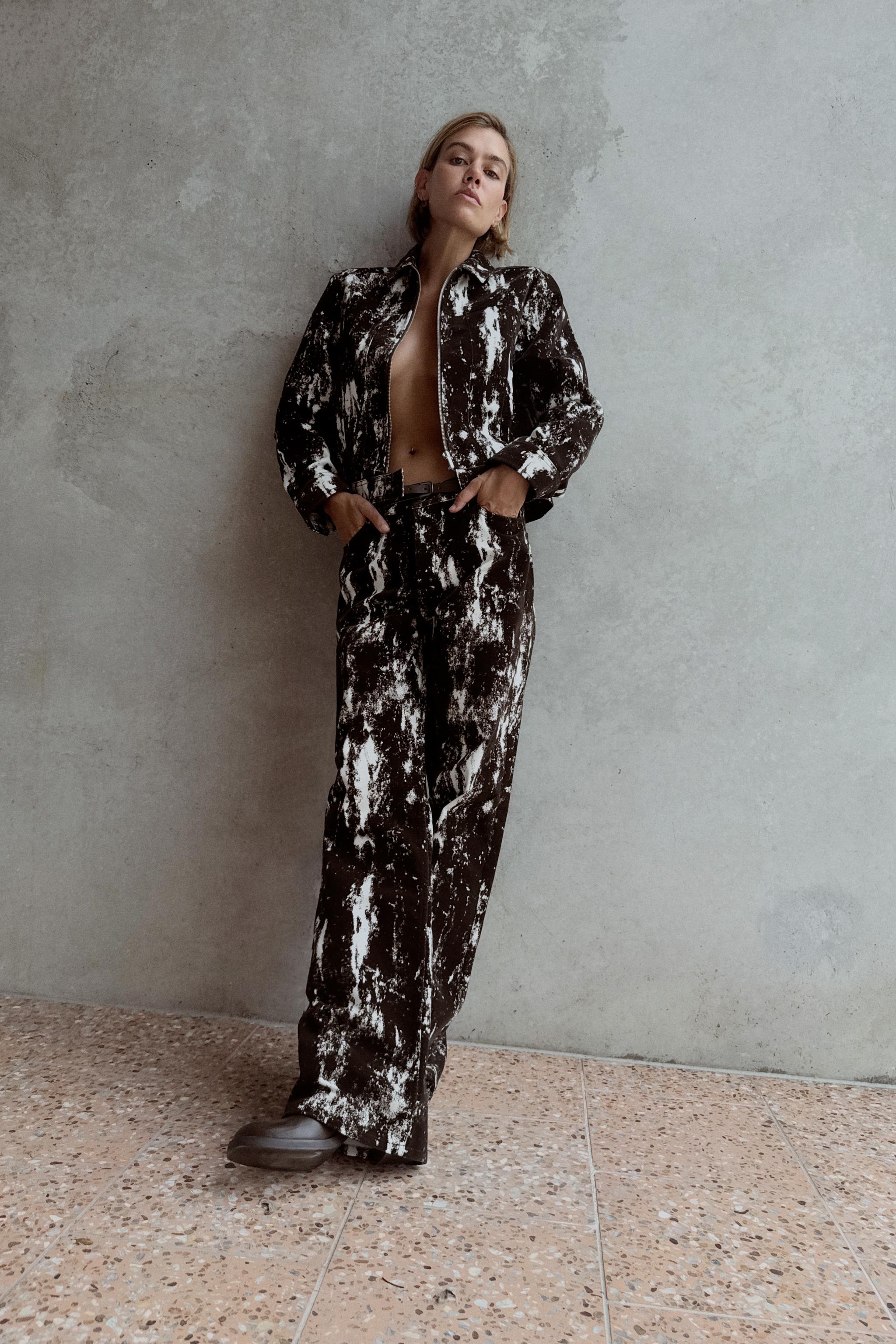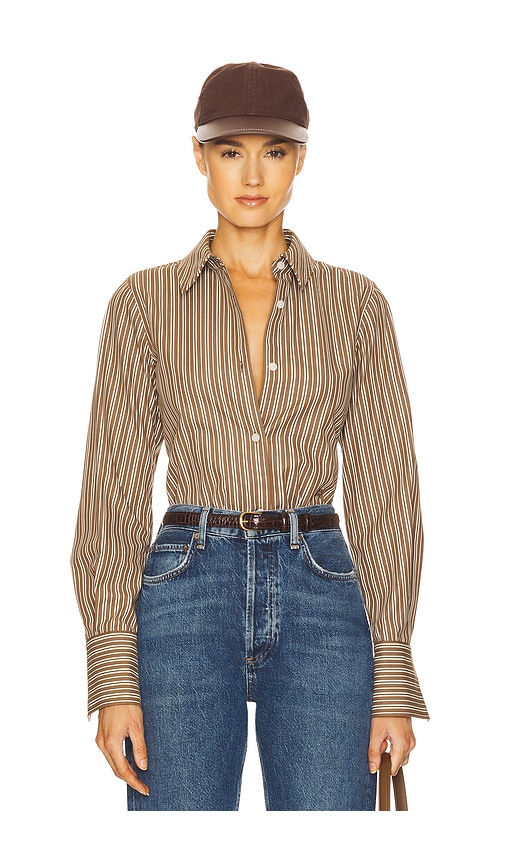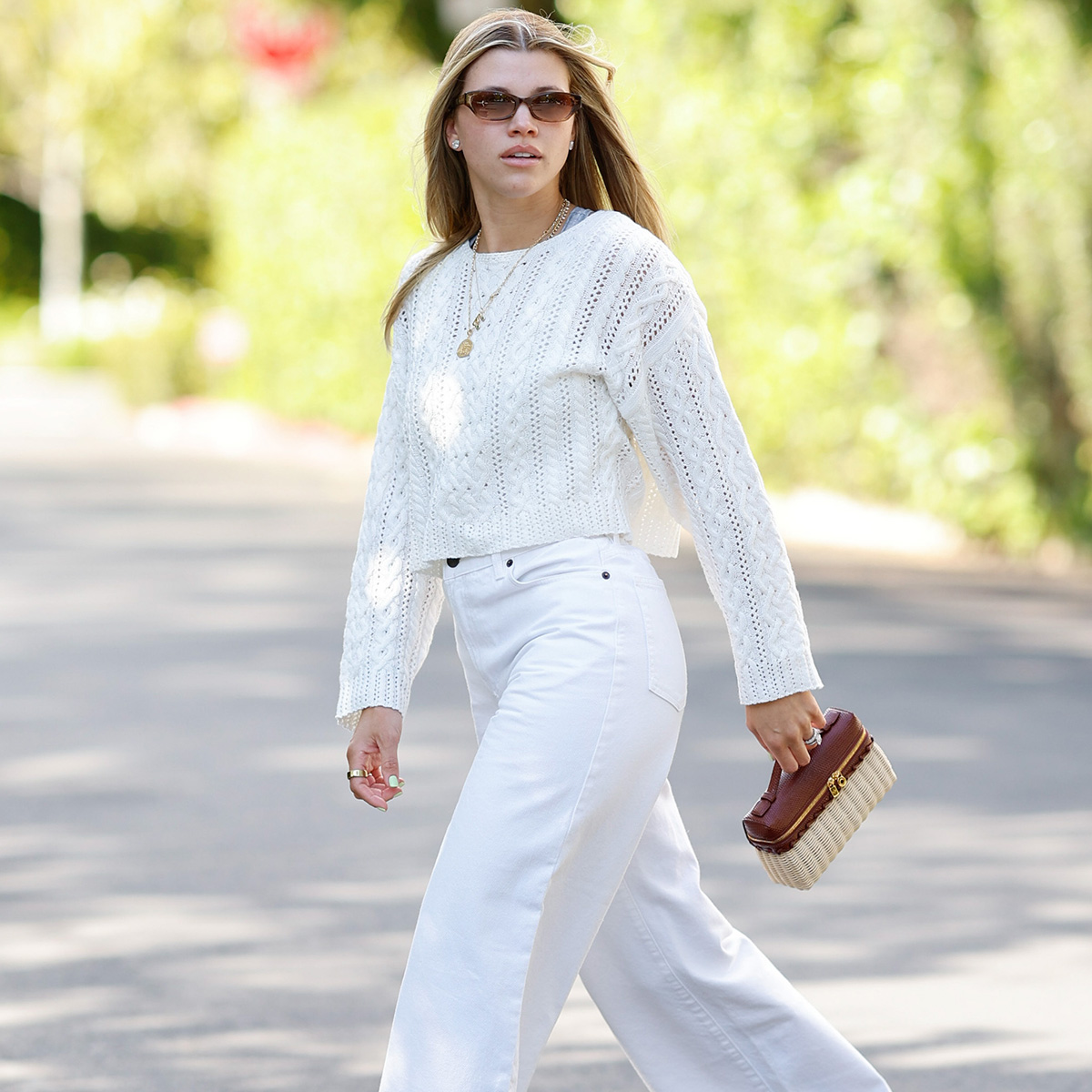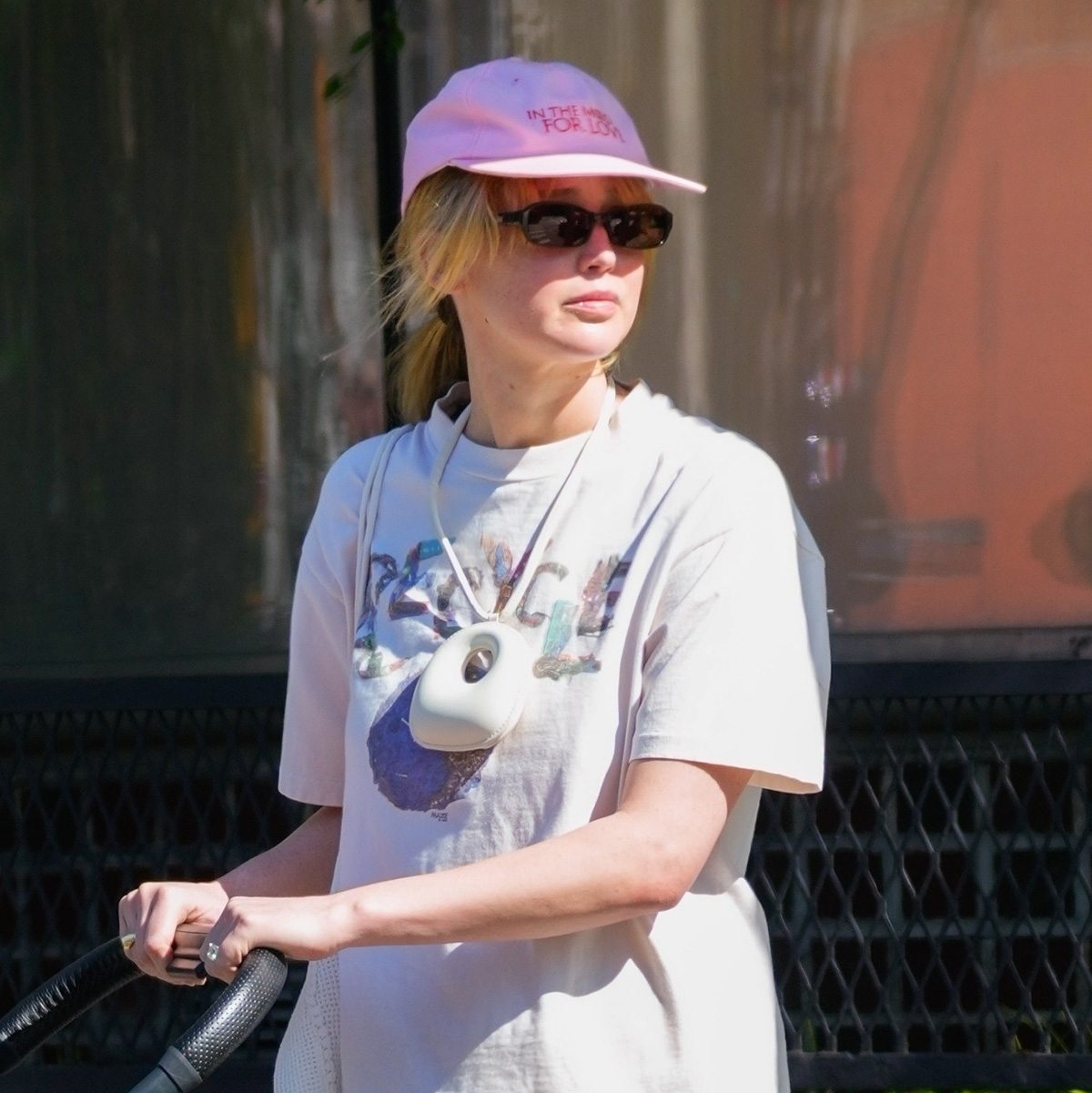I Just Went From Blonde to Brunette After 11 Years—5 Wardrobe Color Swaps I'm Making to Adjust
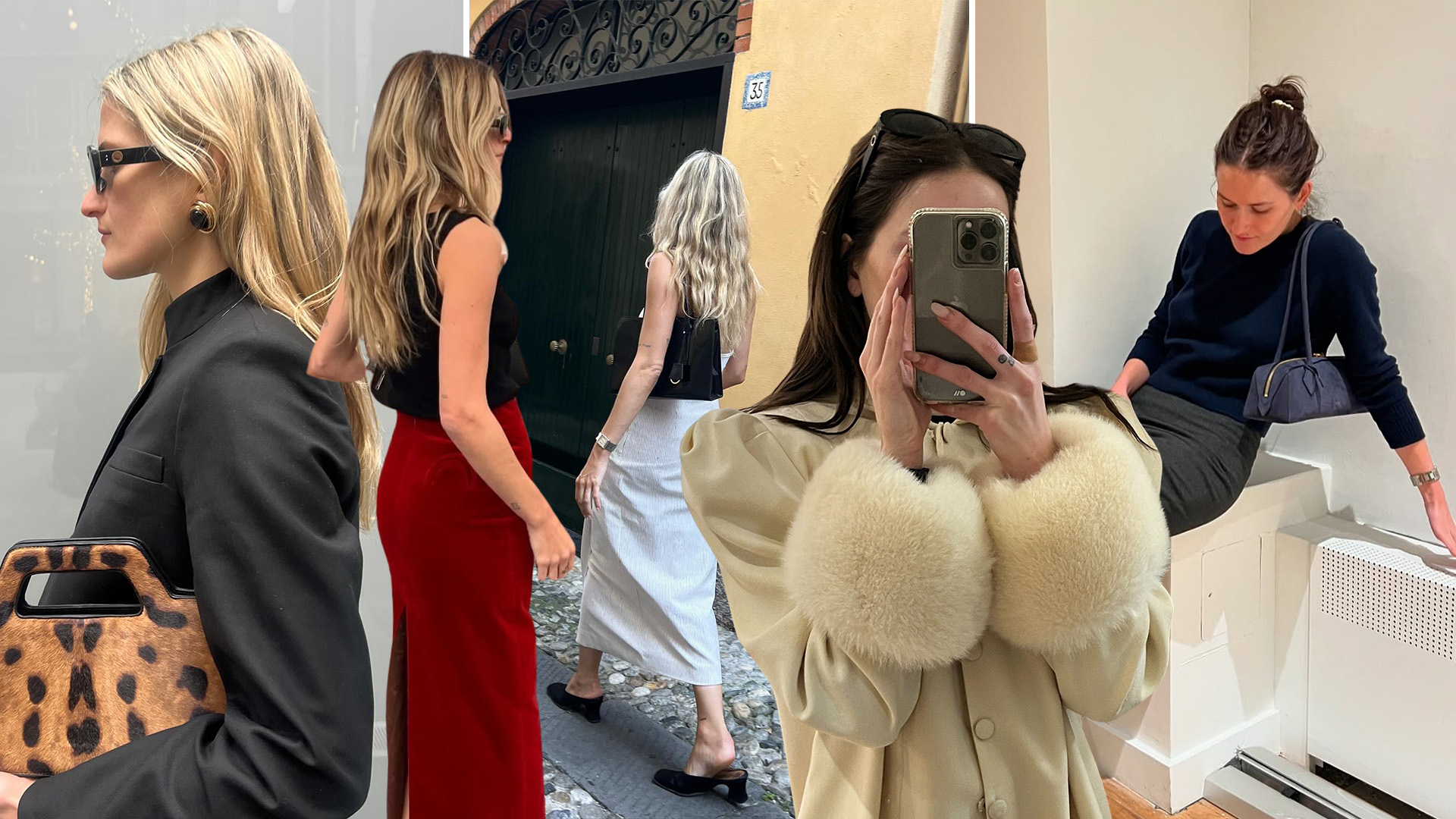
On New Year's Eve, I experienced what I can only describe as a quarter-life crisis. After 11 years of being a (fake) blonde, full of trips to the salon where I walked out looking highlighted and feeling on top of the world, I gave it all up. It was a cold, snowy day in the Chicago suburb where I grew up, and after weeks spent convincing myself that staying blonde was 1) too much of a hassle and 2) no longer financially justifiable, I told my colorist—the person who took me from brunette to blonde in the first place—to just do it, Nike style. She obliged, of course, and I know without a shadow of a doubt how perfect of a job she did with the color, and it's still taken me a while to adjust to the change.
The real issue I'm running into with this very sudden shift in appearance doesn't have anything to do with my new hair. It looks and feels great. (Giving up bleach will do that to hair.) My problem is this: When I look in the mirror sometimes, even a month later, I don't recognize myself, and a lot of that has to do with the way my clothes look. After more than a decade of getting dressed with blonde hair—my style's most transformative decade to date—I knew how to do it with little to no effort. My personal style and hair color went hand in hand, so putting together outfits that clicked in every way was second nature. Now, nothing feels natural anymore, an ironic phenomenon considering that nothing about my blonde hair was remotely real.
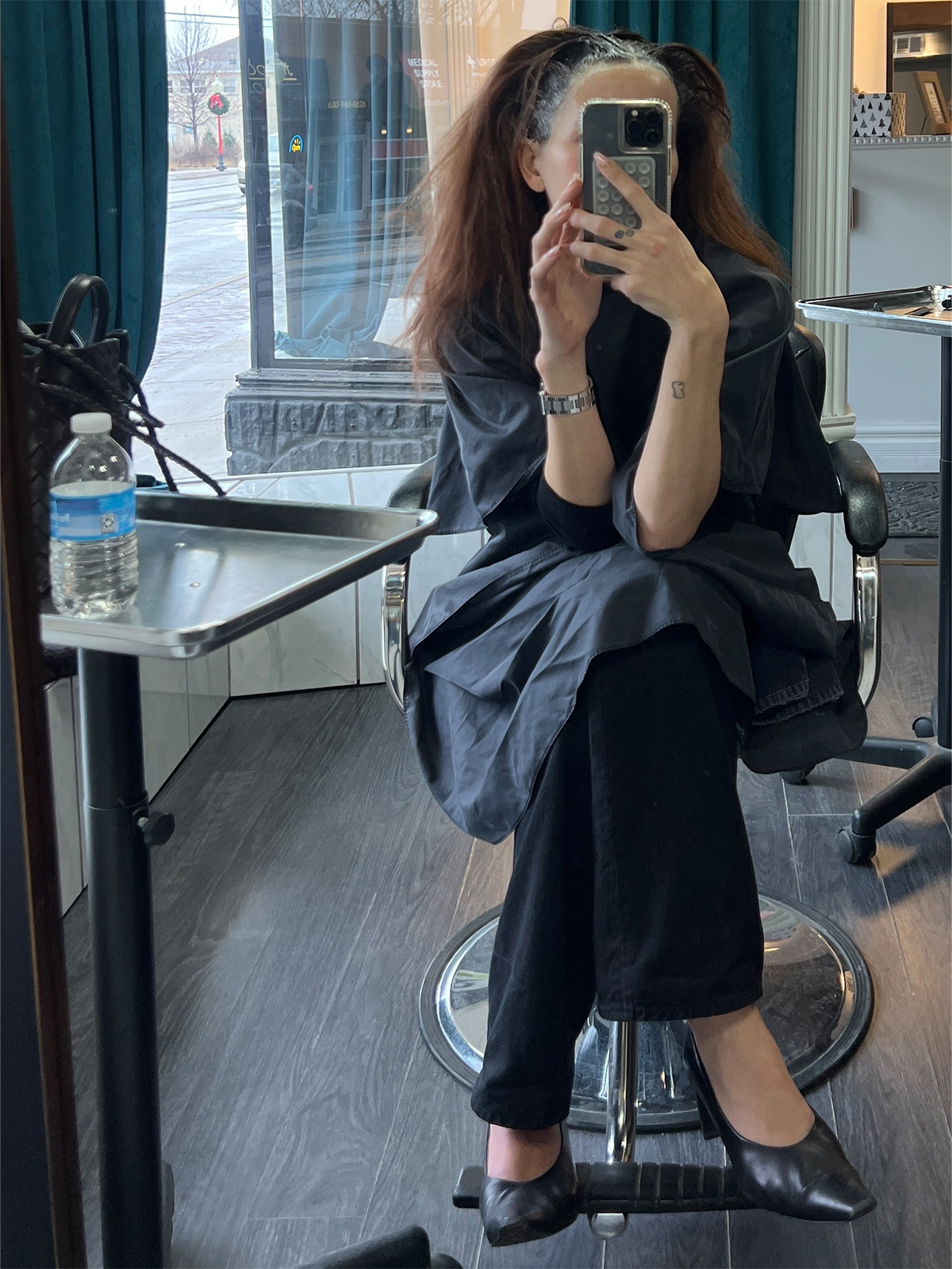
Meet the Expert: Jill Kirsh
Though I like to figure out a lot of my fashion conundrums on my own, I also know when it's time to let an expert step in. Jill Kirsh, a 30-year veteran in the color space, has been referred to as Hollywood’s Guru of Hue, making her the perfect person to help get me acquainted with my new look. Kirsh grew up in New York City's Garment District with two fashion-industry parents, so she learned early on how powerful color can be. She also worked on the wholesale and retail side of the business and took notice of the pieces that would sit on sale racks untouched. "But when put on someone whose hair color was in harmony with [a specific] piece, the item would fly out the door," she explains.
Over time, Kirsh developed an innovative color system centered on her clients' hair colors that helped steer them toward fashion and beauty choices that best complemented their hair. So often, she'd see people whose colors were completely out of sync, wearing clothes that fought with the warmth or coolness, as well as the intensity, of their hair color. With a few easy tweaks to their wardrobe and beauty routines, formerly fragmented pieces fit together.
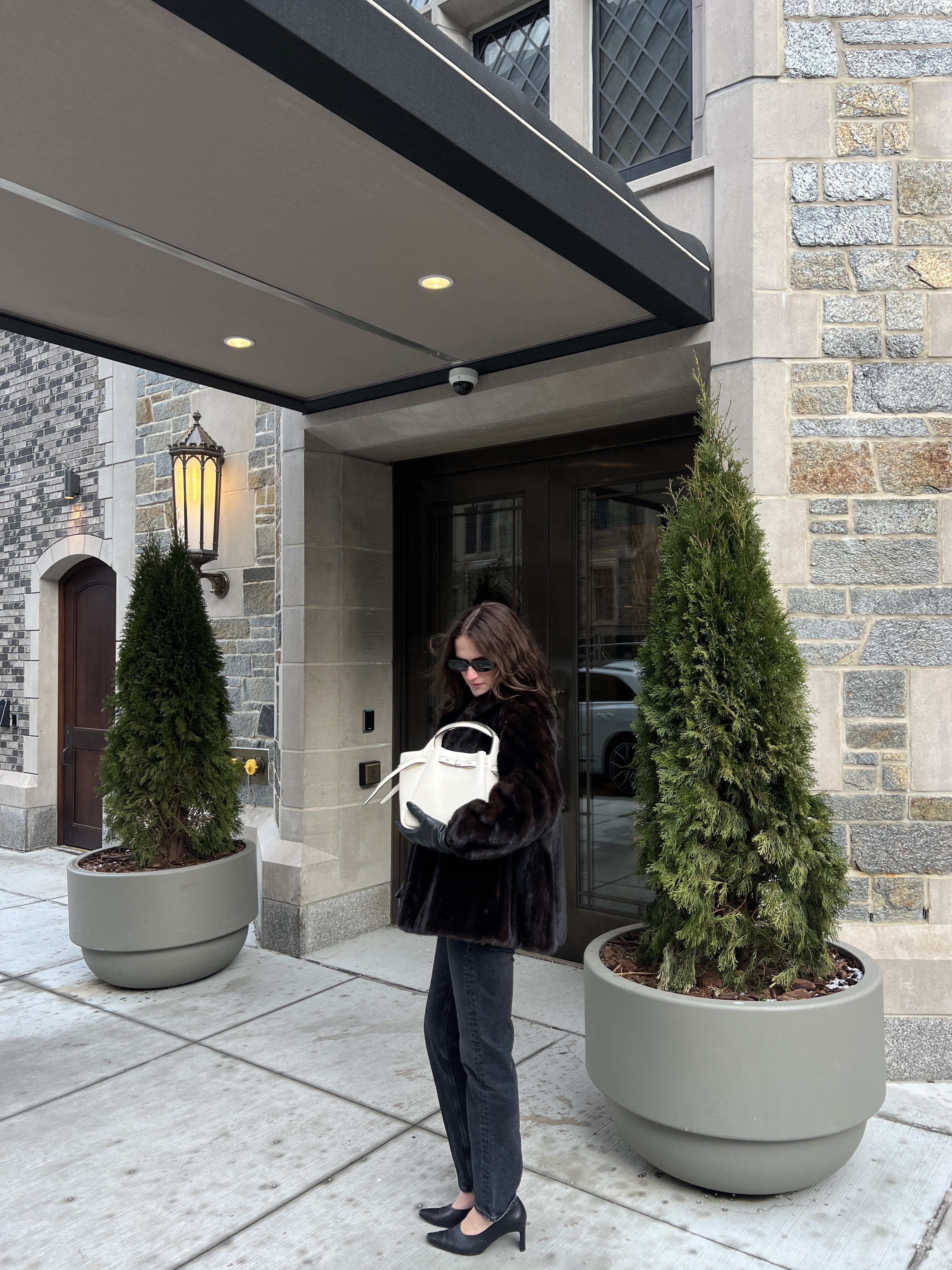
Discover Kirsh's Color System
Kirsh's color system uses a number of different swatch books that are designed to be used for hair-color groups. For example, she says that my old honey-blonde hair worked best with shades like teal, cinnamon, champagne, avocado, and eggplant, naming celebrities like Jennifer Aniston and Jennifer Lopez as references. My new hair, however, calls for darker neutrals, like charcoal gray, navy, white, black, and deep emerald, with someone like Courteney Cox being a good example to follow.
Per Kirsh's color system, much lighter blondes like Elle Fanning or Michelle Williams would benefit from wearing shades like ivory, camel, aqua, and red, whereas gray or white-blonde people like Glenn Close or Helen Mirren would want to steer toward wine, dove gray, pearl white, taupe, and periwinkle.
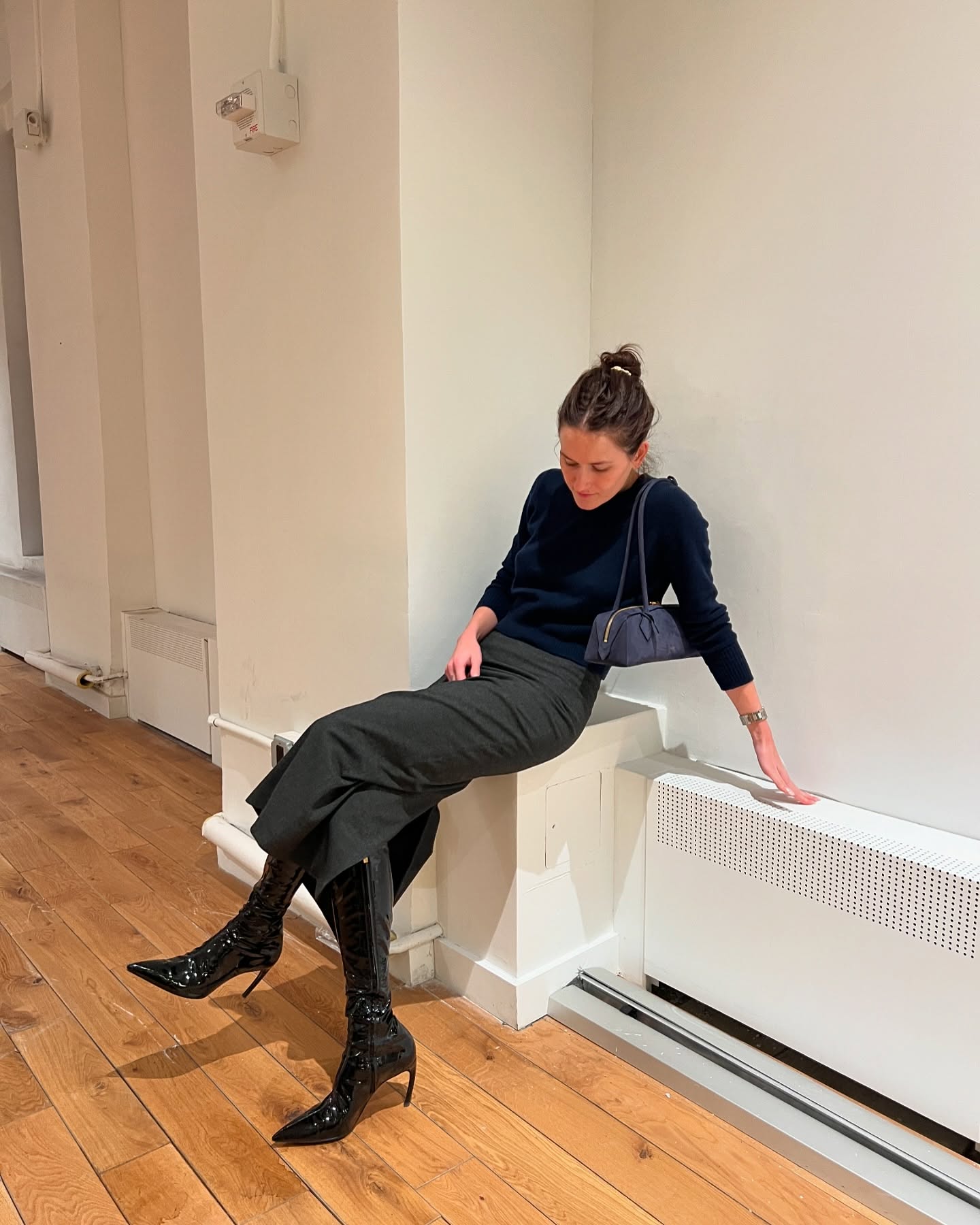
The Gist: "Basically wear the shades in your swatch book and avoid tans, camouflage, mustards, and all the shades for other hair color groups, because when you make a major hair color change, you need to change up all the shades in your fashion and makeup (eyes, cheeks, and lips). A darker gray is definitely your new friend—re: a great neutral—in addition to black and navy. You can even do an espresso brown. Also, all the swatches in the booklets are solids, but most definitely can be interpreted in prints and tweeds, and in all the fabulous textures (leather, suede, velvet, and satin)."
Out: Red
In: Navy Blue
Thankfully, I waited until 2025 (or rather, the last day of 2024) to dye my hair dark, because apparently, I'm not supposed to lean on red anymore, one of the biggest color trends of the last few years. Though I think of red as neutral at this point, I will try holding off on it for a few months and relying heavily on navy blue instead. It's a classic, and after I splurged on a navy blue Alaïa Le Teckel shoulder bag during my last trip to Paris, I have a good excuse to wear the shade again and again alongside my new 'do.
Out: Champagne
In: Espresso Brown
Kirsh's system implied that darker colors are really going to be my friend now, so I want to try to swap out any of my champagne-colored pieces that were quite similar to the shade of my old hair in favor of more espresso-brown hues. I got a great vintage fur coat over the holiday break that's perfect for this transition, as well as a few handbags, jackets, and skirts.
Out: Dove Gray
In: Charcoal Gray
I've always been more of a charcoal-gray person than any other shade of the color, so I feel good about prioritizing the neutral more in 2025, starting with wool pants and skirts as well as cashmere sweaters.
Out: Ivory
In: White
Since, according to Kirsh, ivory is better for lighter blondes, and white complements my new darker hair, I'm excited to test out the latter in a more consistent basis. Ivory is definitely a color I relied heavily on in my former hair life as a way of breaking up all the black and other dark colors I wore. Fortunately, I'm not someone who believes in the "no white after Labor Day" rule, so I shouldn't have too much of a problem introducing the color into my year-round wardrobe.
Out: Solid Colors Only
In: Multicolored Patterns
One thing that Kirsh pointed out was that patterns with the colors that click with your hair color are just as effective as solids, and because I no longer have my blonde hair to break up darker outfits, I'm leaning into multicolored patterns with some white or cream in them to balance out ensembles.
Eliza Huber is an NYC-based senior fashion editor who specializes in trend reporting, brand discovery, and the intersection of sports and fashion. She joined Who What Wear in 2021 from Refinery29, the job she took after graduating with a business degree from the University of Iowa. She's launched two columns, Let's Get a Room and Ways to Wear; profiled Dakota Fanning, Diane Kruger, Katie Holmes, Gracie Abrams, and Sabrina Carpenter; and reported on everything from the relationship between Formula One and fashion to the top runway trends each season. Eliza lives on the Upper West Side and spends her free time researching F1 fashion imagery for her side Instagram accounts @thepinnacleoffashion and @f1paddockfits, watching WNBA games, and scouring The RealReal for discounted Prada.
-
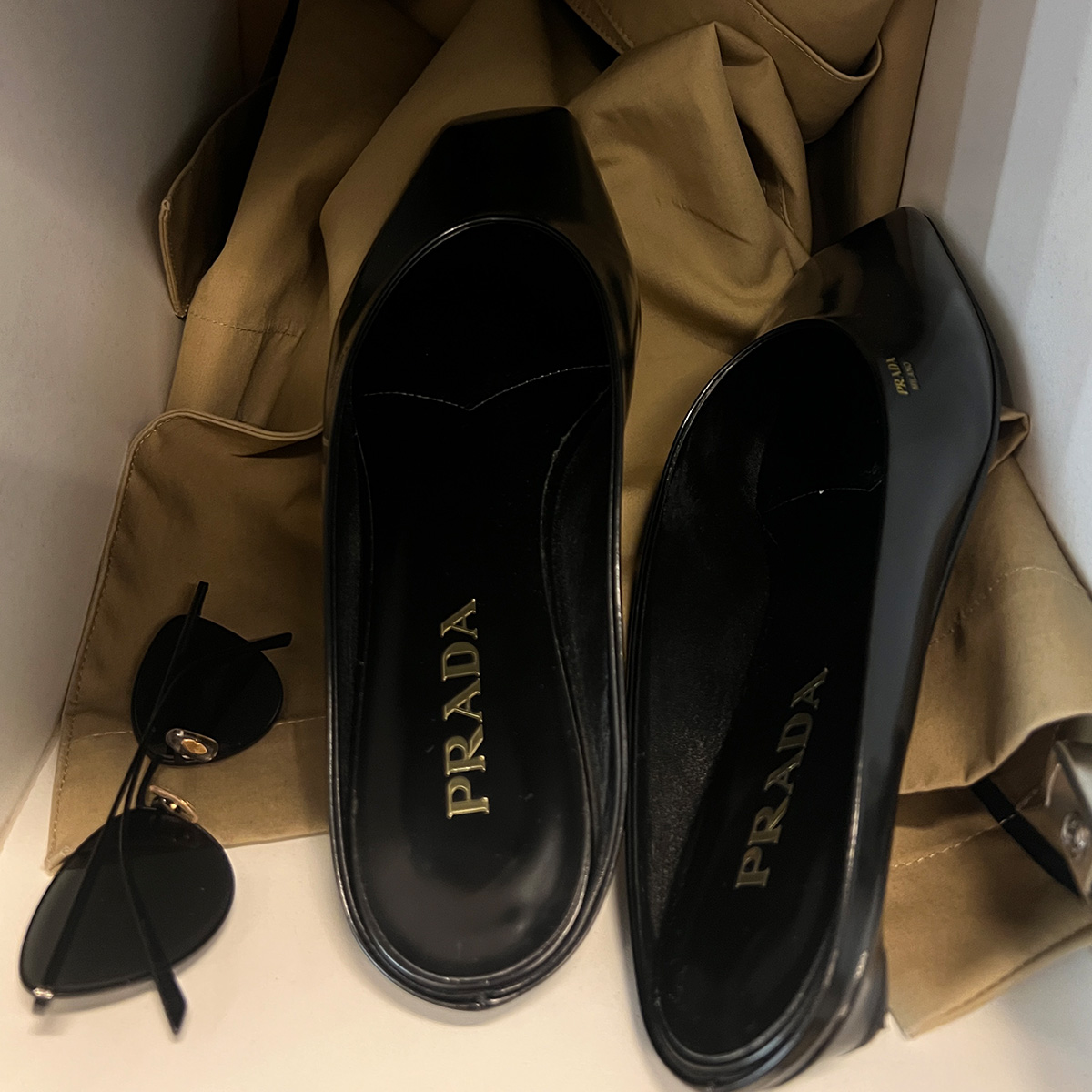 The Anti–Ballet Flats French and Italian Brands Are Currently Smitten With
The Anti–Ballet Flats French and Italian Brands Are Currently Smitten WithChic flats, sans ballet.
-
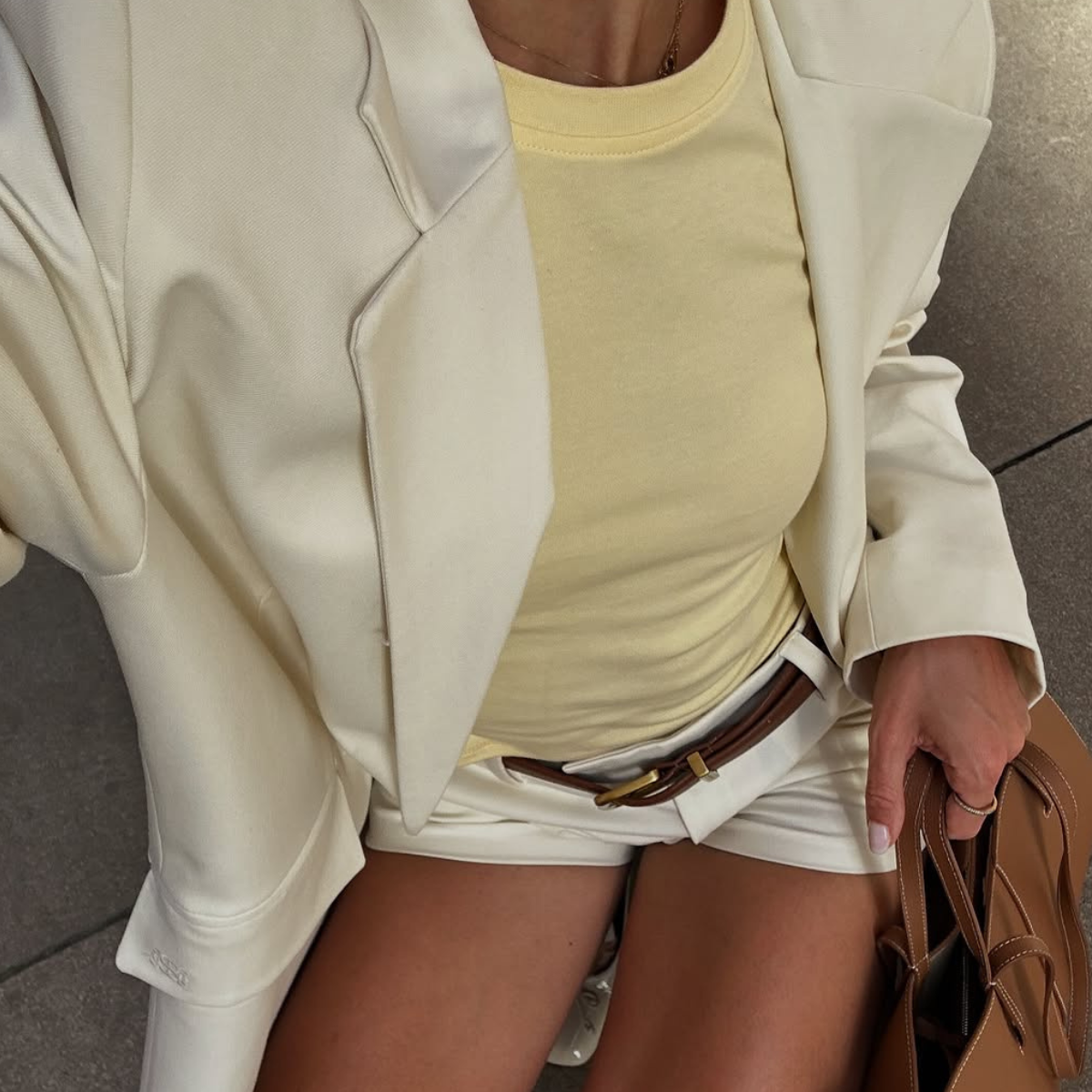 5 Elegant Color Combos Every Cool European Will Be Wearing This Summer
5 Elegant Color Combos Every Cool European Will Be Wearing This SummerNumber four is our favorite.
-
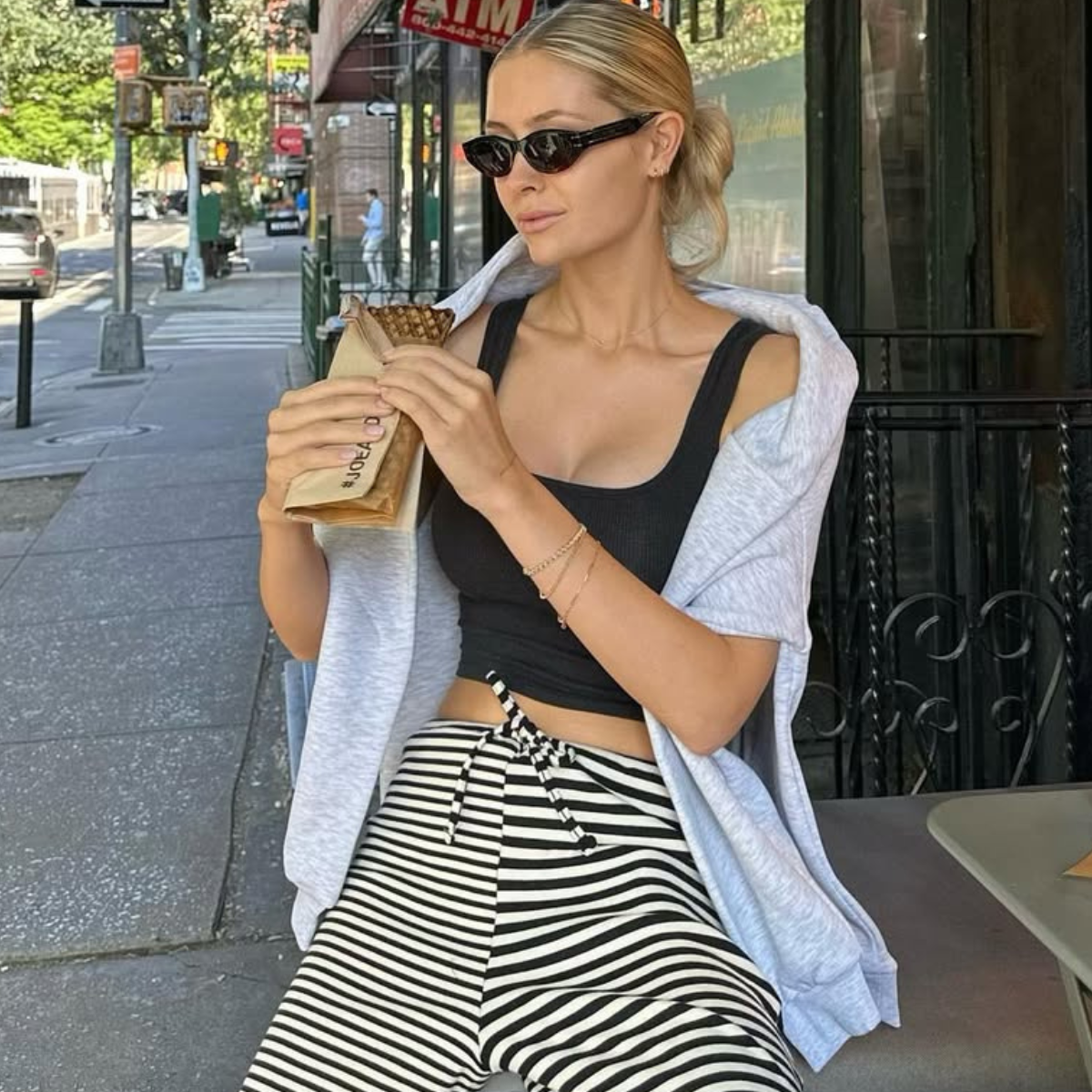 The Items Everyone With Good Taste Is Eyeing From Free People
The Items Everyone With Good Taste Is Eyeing From Free PeopleCaution: may cause shopping spree.
-
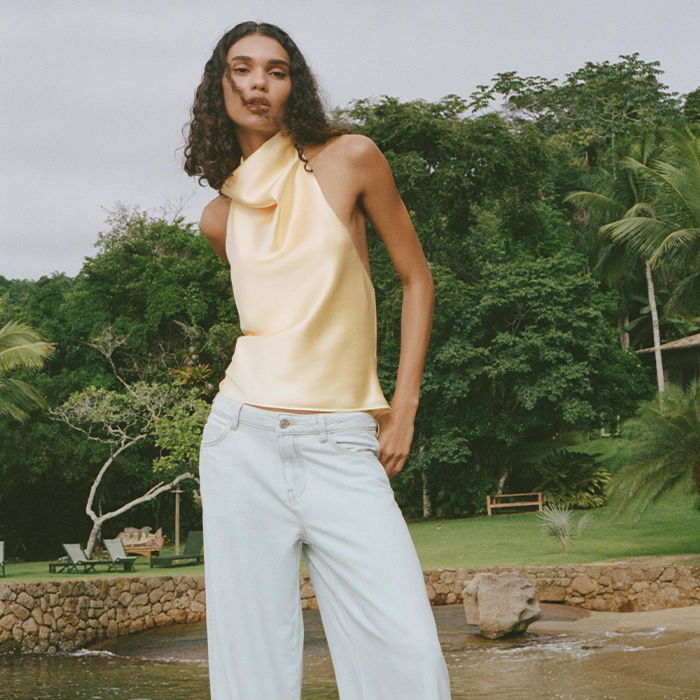 I Don't Know About You, But I Think These 31 Zara Items Are Incredibly Tempting
I Don't Know About You, But I Think These 31 Zara Items Are Incredibly TemptingYour summer wardrobe reset is here.
-
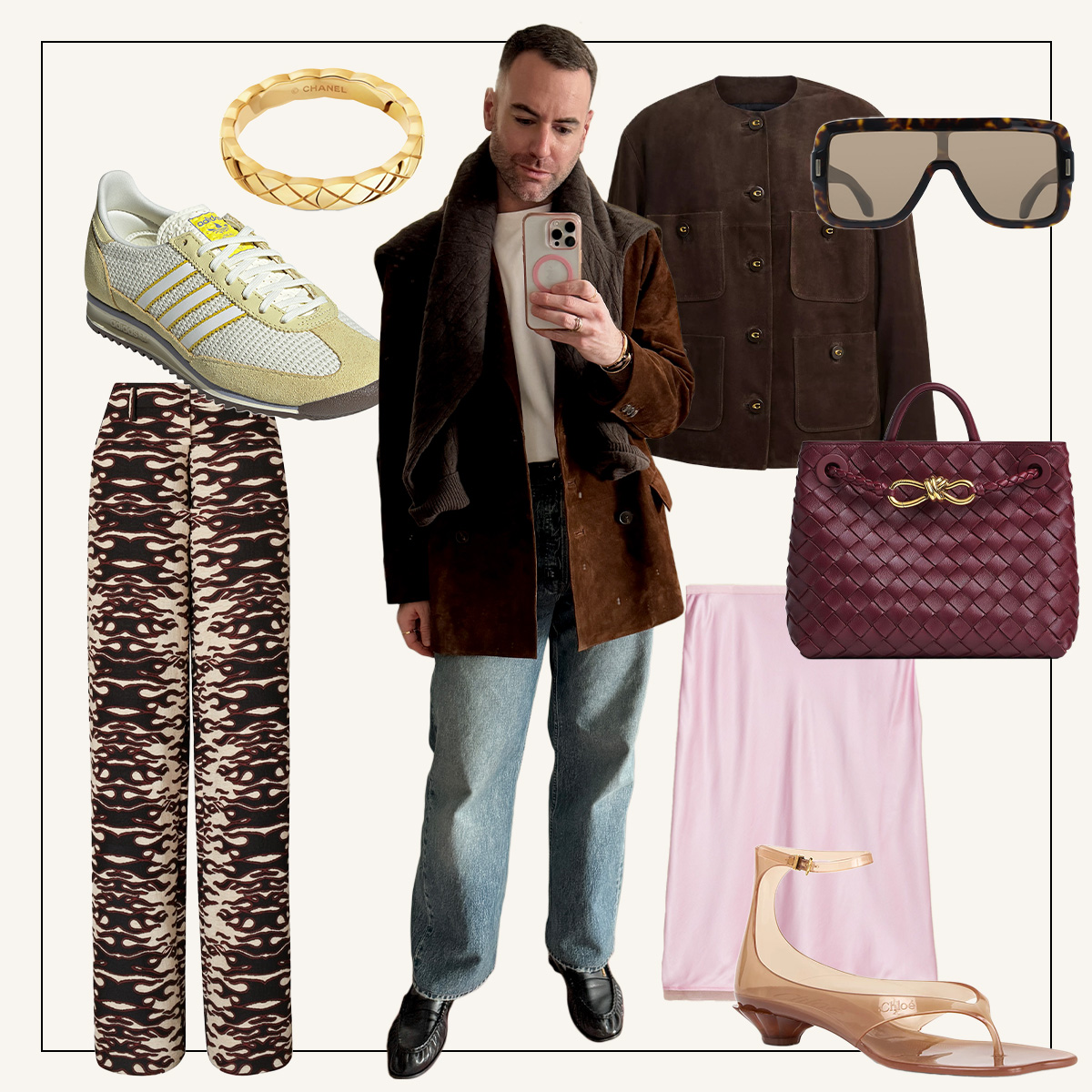 I'm a Shopping Director—10 Spring and Summer Items My Stylish Mom and I Think Are Wildly Chic
I'm a Shopping Director—10 Spring and Summer Items My Stylish Mom and I Think Are Wildly ChicFrom elevated basics to designer accessories.
-
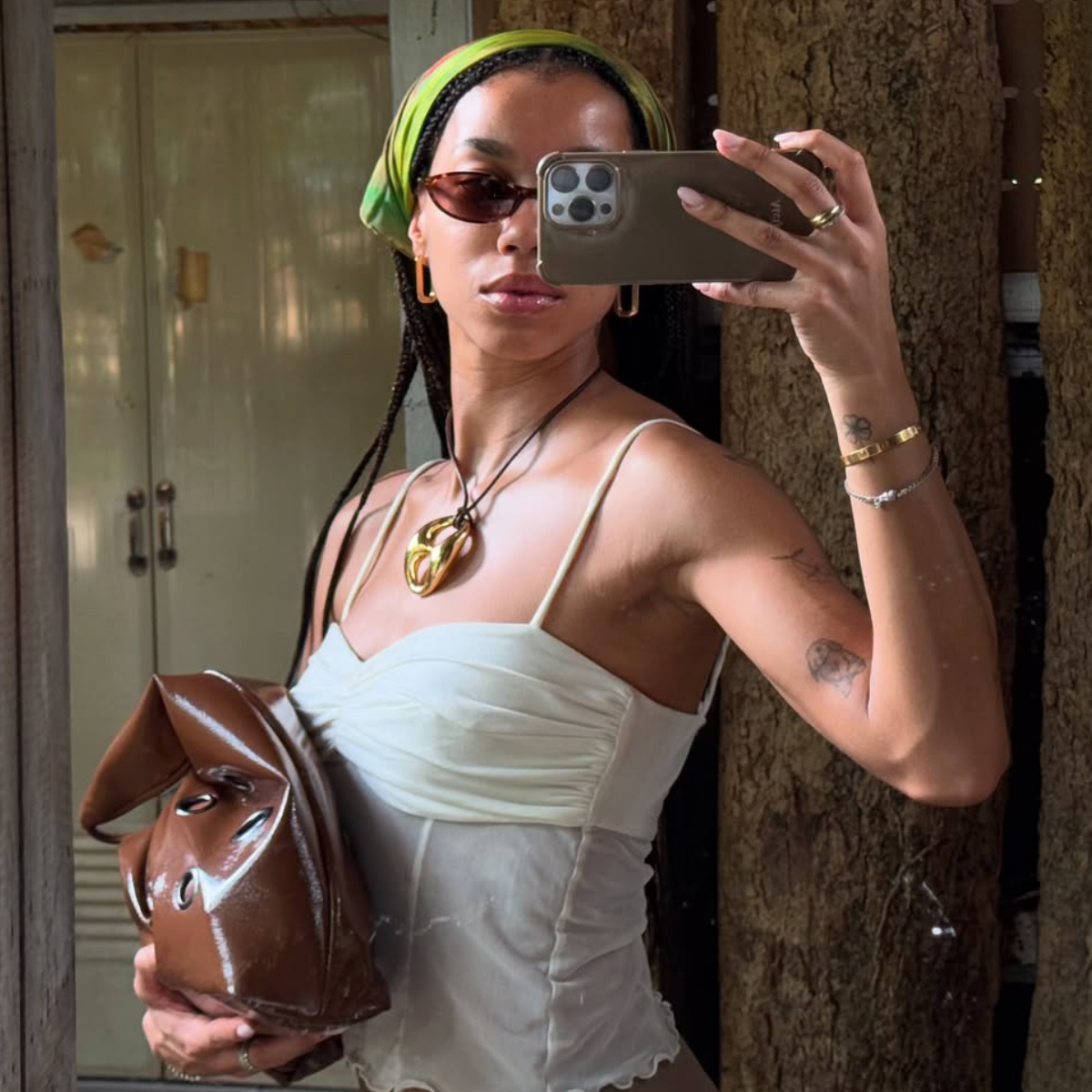 Sorry to My Basket Bag, But These Accessories Are Going to Be Big in Europe This Summer
Sorry to My Basket Bag, But These Accessories Are Going to Be Big in Europe This SummerSo chic.
-
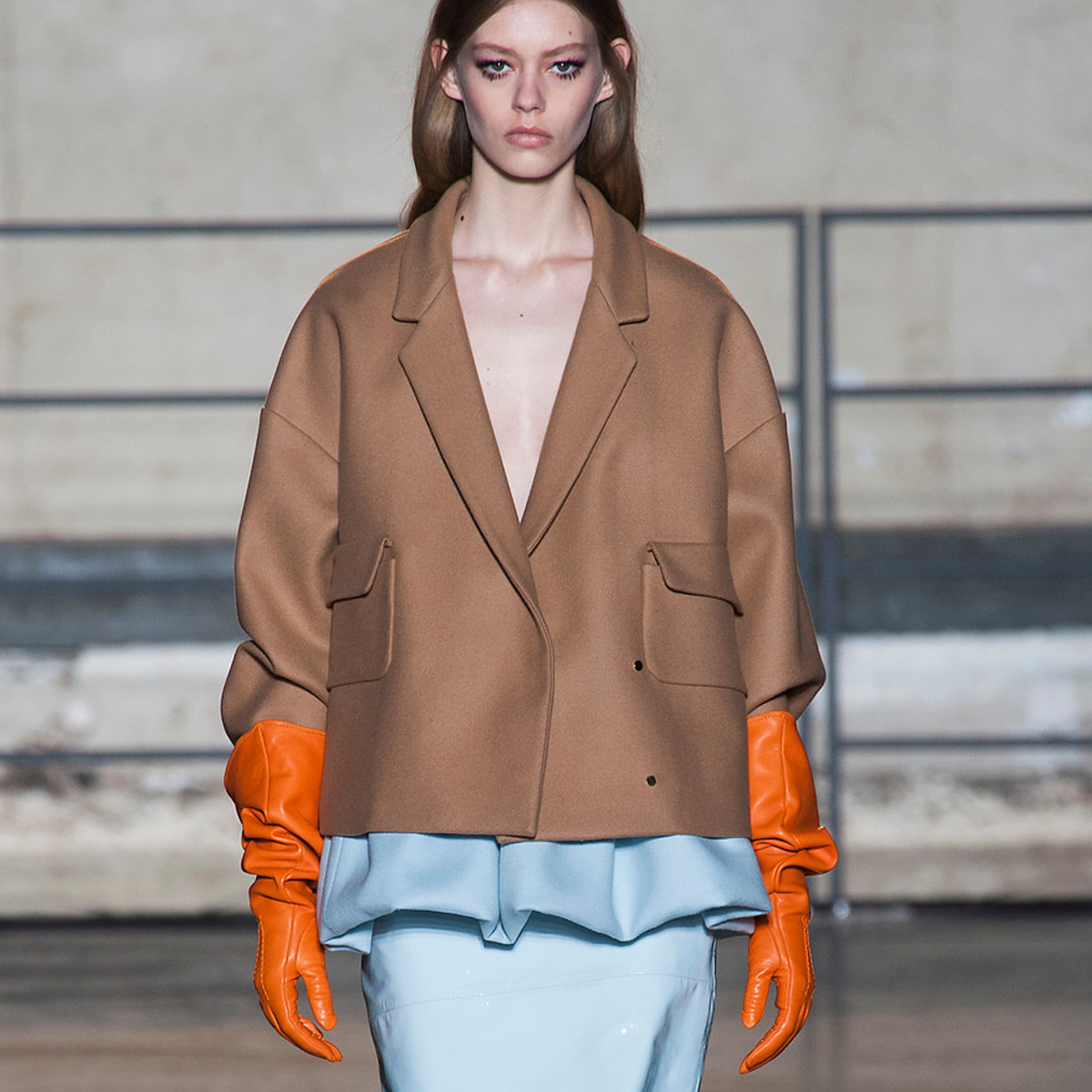 Is It Just Me, or Are These "Weird" Spring Color Combinations Actually Incredibly Elegant?
Is It Just Me, or Are These "Weird" Spring Color Combinations Actually Incredibly Elegant?Jil Sander, Tibi, and Prada are on board.
-
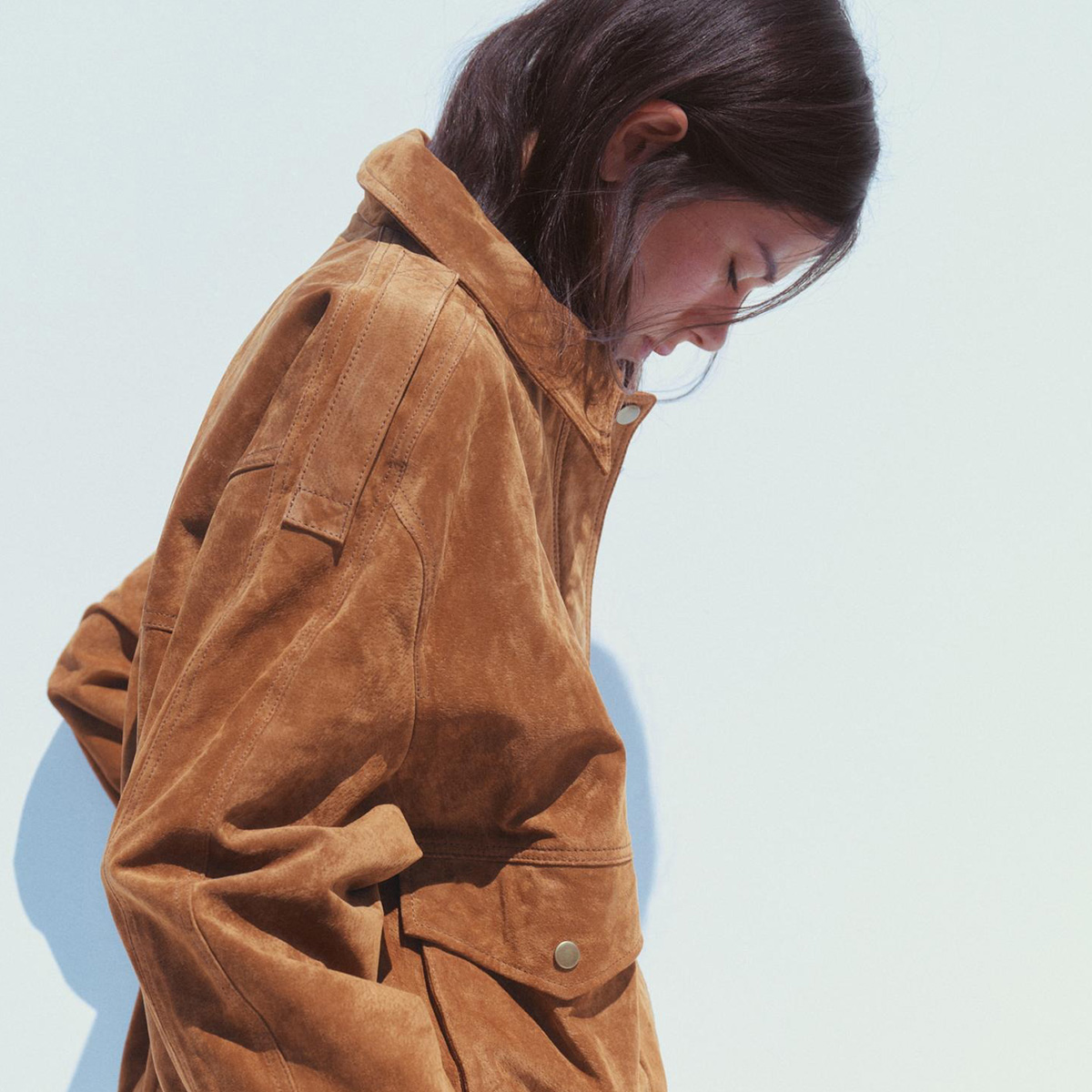 Only You and I Will Know These 29 Items Came From Zara
Only You and I Will Know These 29 Items Came From ZaraI won't tell if you don't.
